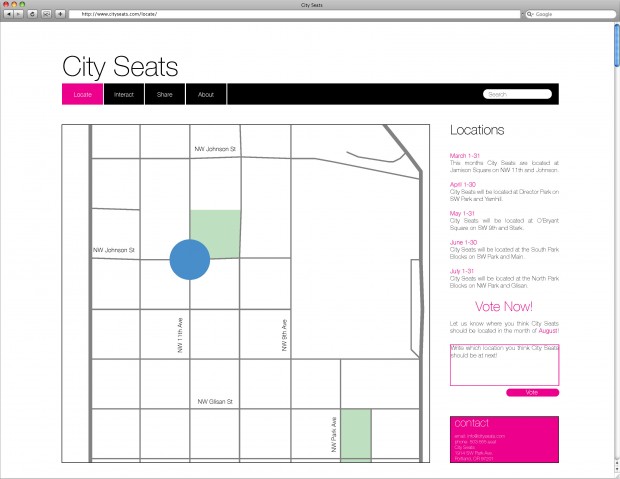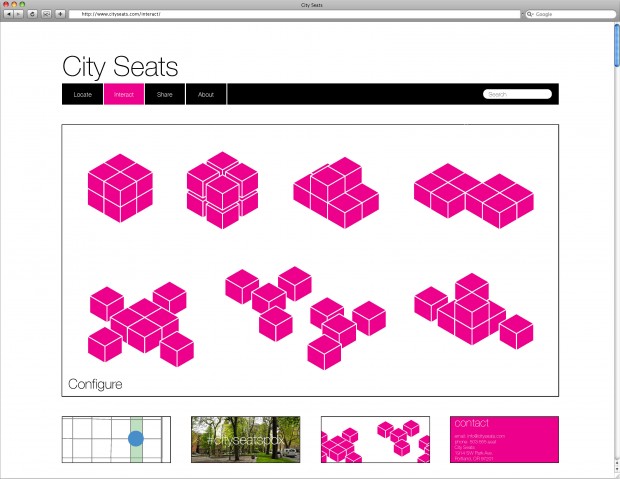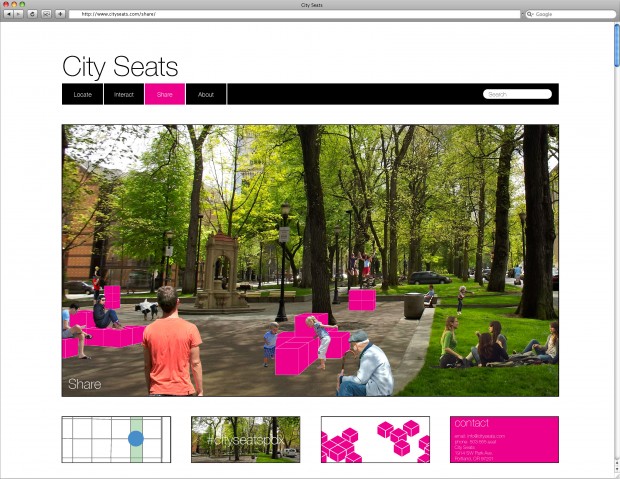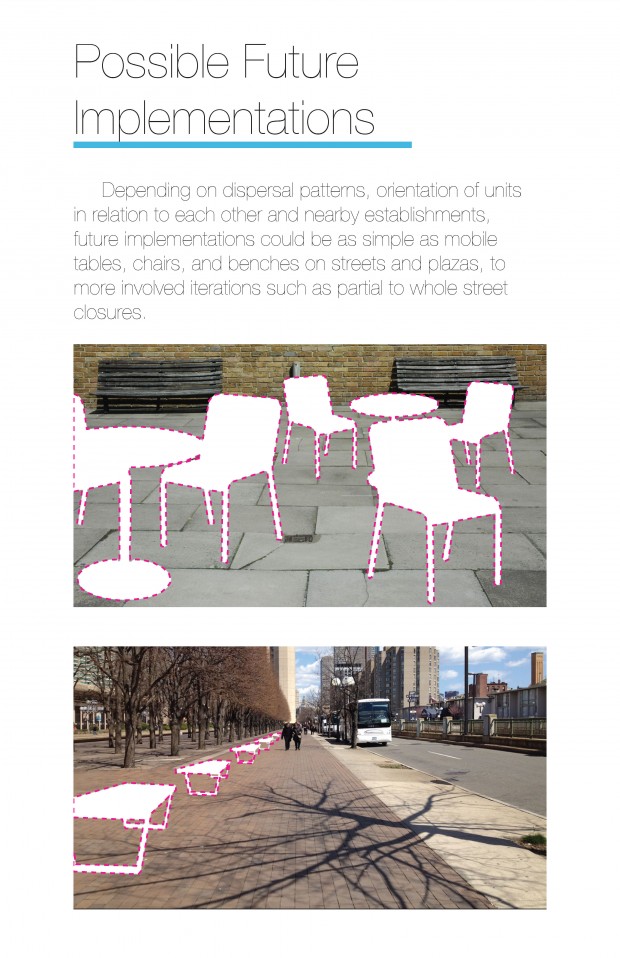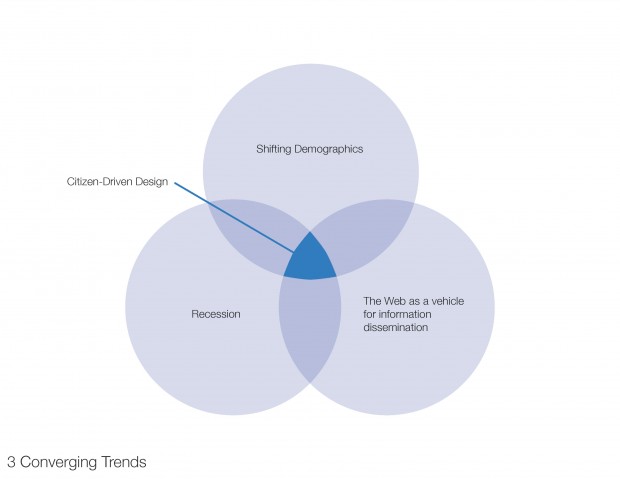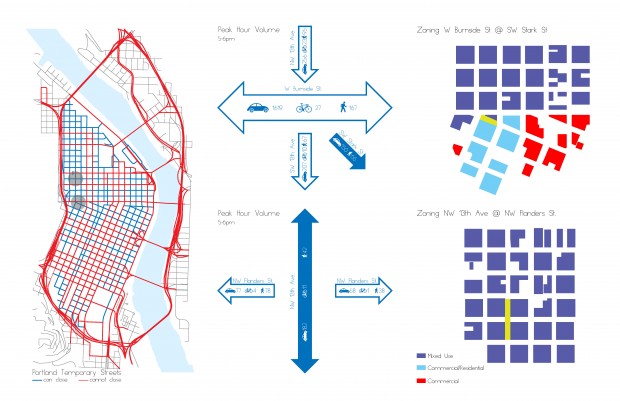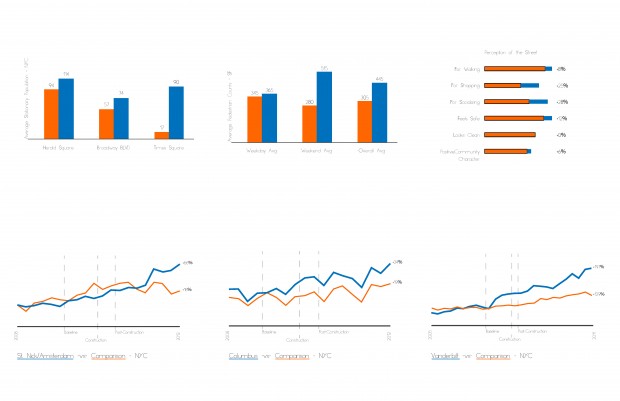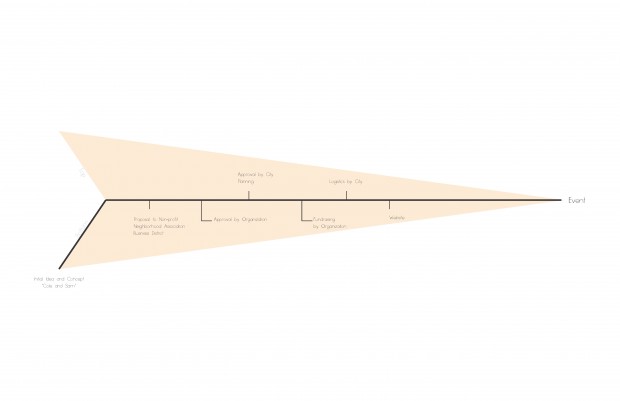Networked Urbanism
design thinking initiatives for a better urban life
apps awareness bahrain bike climate culture Death design digital donations economy education energy extreme Extreme climate funerals georeference GSD Harvard interaction Krystelle mapping market middle east mobility Network networkedurbanism nurra nurraempathy placemaking Public public space resources Responsivedesign social social market Space time time management ucjc visitor void waste water Ziyi
Posts by Cole Poland
Initially our observations began with parks and plazas–what people typically view as public space. However, we began to refocus our attention to the general public realm–streets, sidewalks, empty lots, etc. Although the city of Portland provides its inhabitants with numerous planned public space, many of these remain underutilized throughout the majority of the week. We don’t necessarily see this as a “problem” currently, considering the population and density of Portland. However, with the projected growth–expected to double by 2060–we sought to improve it for the present and for the future.
To understand what our intervention could be, we looked at other examples that addressed similar issues. (more…)
Creating temporary seating throughout downtown Portland action plan and research.
The goal is to let the public dictate where future public space and/or seating is needed throughout downtown by designing a seating system that is mobile. The community members can move the seating around as needed. The graphics below outline the potential for tracking the seats and sharing the locations with the public.
Last Monday we had the pleasure of meeting Jose for the first time and present our bibliographies as well as an update on our temporary seating project.
Below is the presentation material from the video and book about tactical urbanism. Our project has shifted to providing temporary public seating and allowing the public to move the furniture as needed around downtown Portland. Where the seating ends up can ultimately help the city determine where more permanent or public spaces are needed.
Our goal is to engage the community, stimulate economic development, and readdress how streets are currently being used in Portland by temporarily closing streets. The map below is of the downtown streets, showing which ones can and cannot be closed through a series of criteria such as average volume of traffic and whether or not public transit runs on that street. We discussed the necessary steps in temporarily closing Portland’s downtown streets, with the process taking between 4-6 weeks after the proper paperwork has been turned into the Portland Bureau of Transportation.
There have been projects in other major cities such as New York and San Francisco that have reimagined how best to use their streets and sidewalks. New York’s data collected from street transformations that included larger pedestrian areas shows that it is not only beneficial economically, but that people’s perception of the areas improved as well.
Our next steps will be designing a full range of outdoor furniture that will be rented to community organizations and businesses interested in increasing pedestrian interaction around their stores as well as to the City of Portland for events. We would be providing temporary seating, tables, bicycle racks, booths for vendors, as well as stages. The furniture will be designed to reflect Portland’s unique culture while focusing on being easily transportable. In addition to the furniture we will be providing the businesses and communities with the necessary step-by-step information needed to obtain the street closure permit.
Cole Poland
It appears that Cole Poland hasn't tweeted anything yet.

